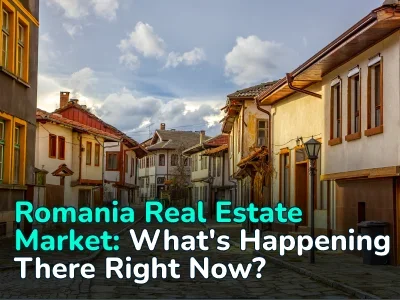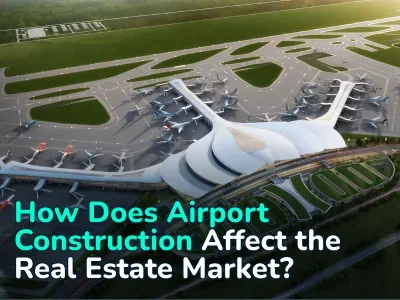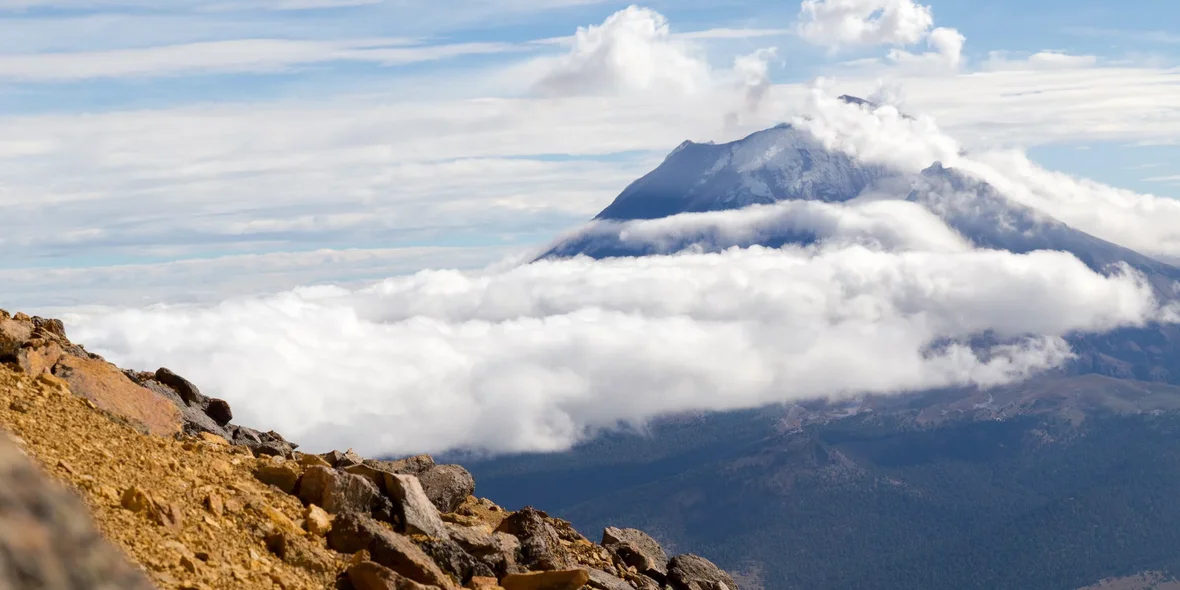
Not only Vesuvius. Which Countries Have Active Volcanoes, and Where are the Most Dangerous in the World?
There are about 1500 potentially active volcanoes in the world, and they are located in a variety of countries. Of these active volcanoes, the most dangerous are at least several dozen. We've researched the topic and will tell you about the most famous active volcanoes, explain how scientists monitor them, and find out what impact volcanoes have on our lives and the surrounding nature.
Countries with the Most Active Volcanoes
A volcano is considered active if it has erupted within the last 10,000 years (the Holocene period) or is currently showing signs of volcanic activity.
The level of danger of a volcano is determined by factors such as:
- Proximity to populated areas.
- History and frequency of eruptions.
- Features of eruptions (type, power, duration).
- Probability of catastrophic events (lahars, pyroclastic flows).
- Geological features of the area.
Most active volcanoes are concentrated in several main volcanic zones:
- Pacific Ring of Fire: encircles the Pacific coast, including the west coast of the Americas, the east coast of Asia, and the island arcs in the Pacific Ocean.
- Mediterranean-Himalayan Belt: extends from the Mediterranean Sea through the Middle East to Indonesia.
- Mid-Atlantic Ridge: an underwater mountain system in the Atlantic Ocean with several surface volcanoes (for example, in Iceland).
Countries with the most active volcanoes:
- Indonesia: about 129 active volcanoes.
- Japan: about 110 active volcanoes.
- USA: 169 active volcanoes (including Alaska and Hawaii).
- Russia: about 160 active volcanoes (most in Kamchatka and the Kuril Islands).
- Chile: about 90 active volcanoes.
Active volcanoes are distributed unevenly across the Earth's surface. Most of them are concentrated along tectonic plate boundaries, where processes of subduction or plate divergence occur. However, there are also intraplate volcanoes, such as the Hawaiian volcanoes, which formed above hot spots in the mantle.
5 Most Dangerous Volcanoes in the World
Vesuvius, Italy
In Italy, there is not only the Mount Etna volcano, which we have already mentioned, but also the infamous Vesuvius. Vesuvius made history when it buried the ancient Roman cities of Pompeii and Herculaneum under layers of ash and lava in 79 AD.
Location: Bay of Naples, Italy.
Type: Stratovolcano.
Last eruption: March 1944.
Who is at risk: 3 million people living in the vicinity of the volcano.
Monitoring: Scientists at the Vesuvius Observatory are closely monitoring its volcanic activity to prepare for future eruptions and minimize potential loss of life.
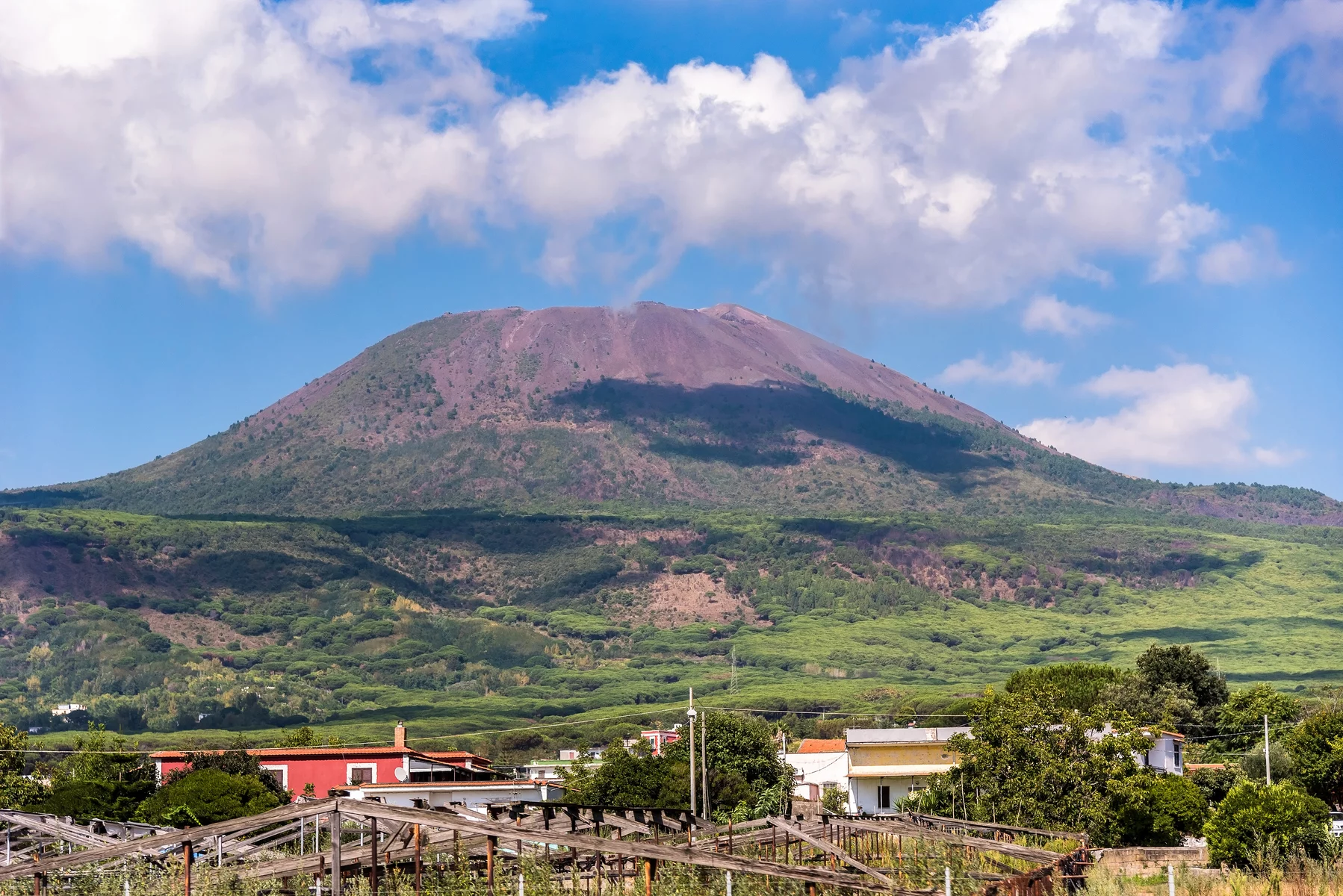
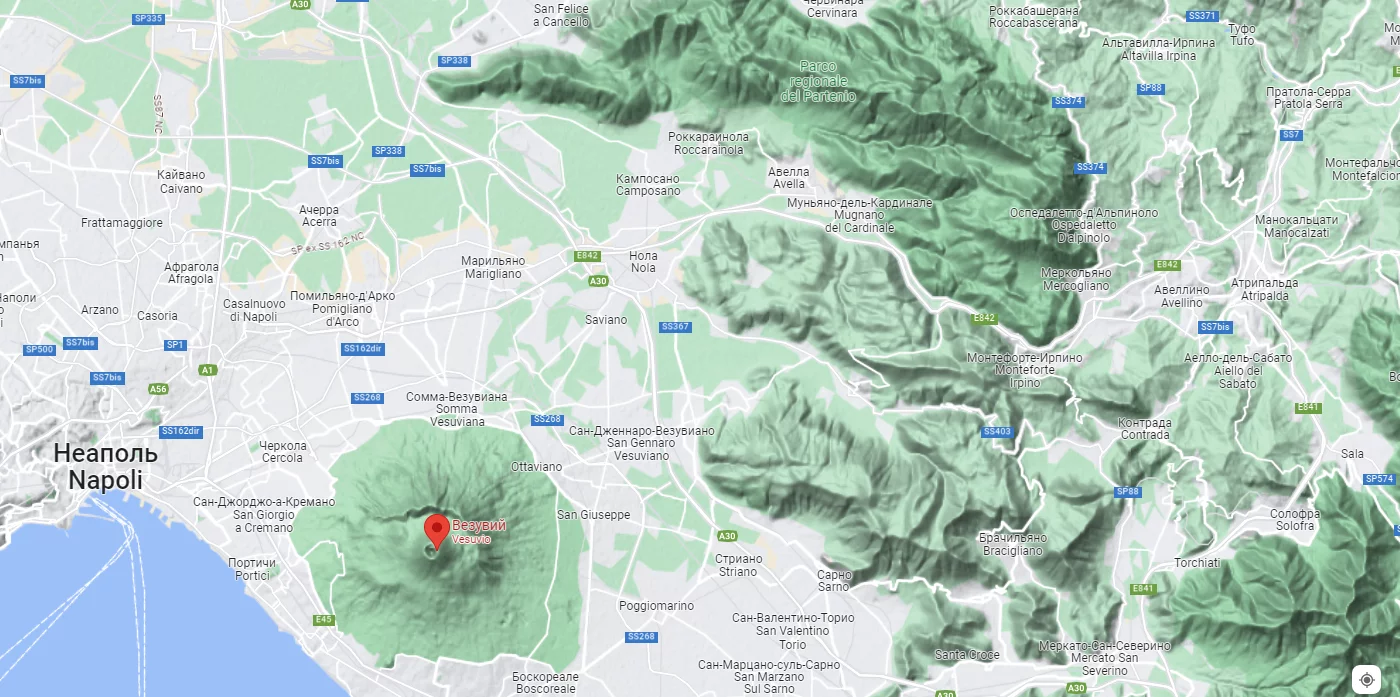
Mount Rainier, USA
Mount Rainier is a stratovolcano that contains large amounts of glacial ice on its slopes, making it very vulnerable to lahars (deadly volcanic debris flows).
Location: Washington State, USA.
Type: Stratovolcano.
Who's at risk: The volcano threatens densely populated areas, including the city of Seattle and its suburbs.
Responsible for monitoring: United States Geological Survey (USGS).
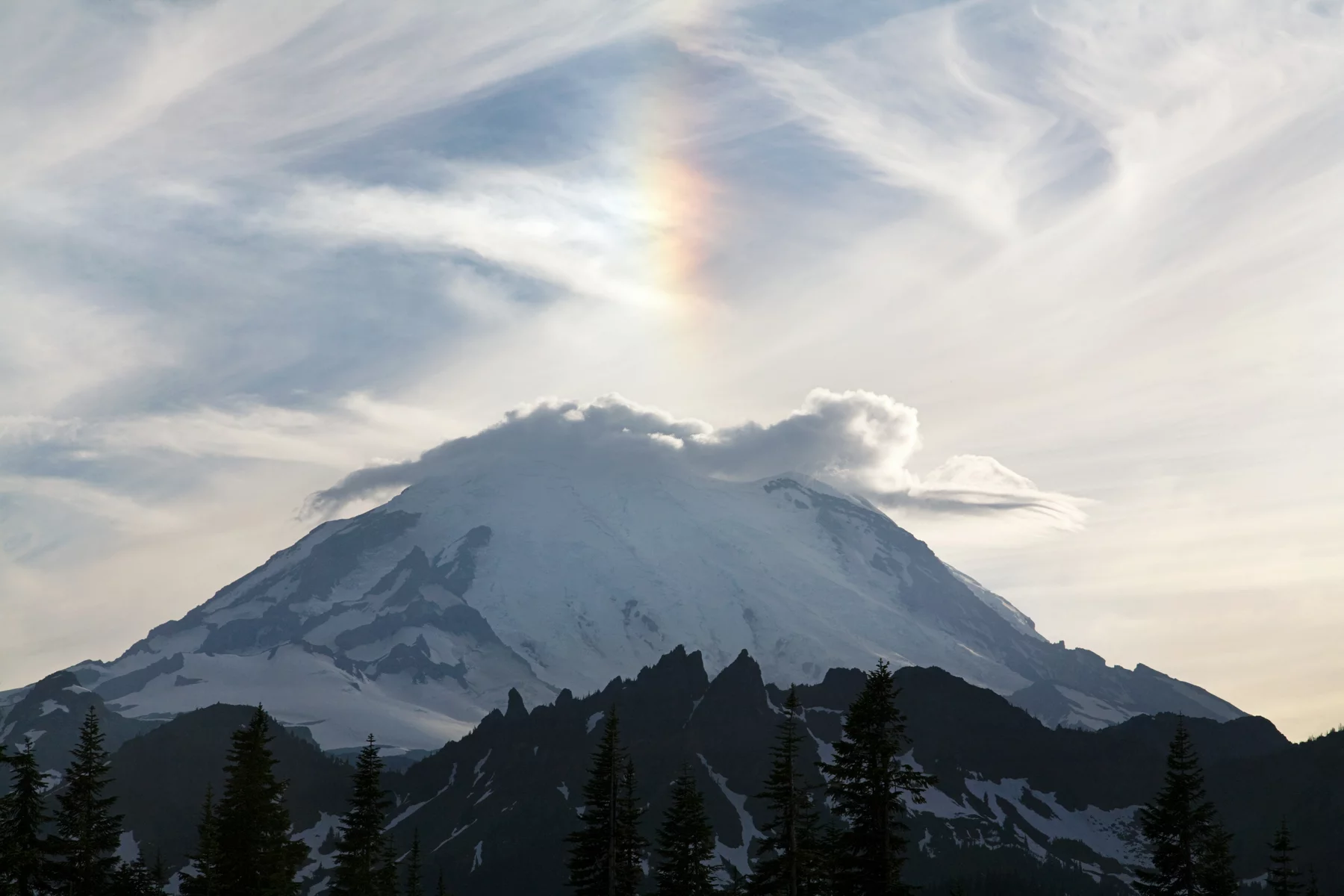
Nyiragongo, Democratic Republic of Congo
The volatile Nyiragongo stratovolcano is home to the world's largest lava lake. The unpredictability of its eruptions, coupled with the proximity of the city of Goma, poses a huge danger to the local population.
Location: Virunga National Park, Democratic Republic of the Congo.
Type: Stratovolcano with lava lake.
Who's at risk: Residents of the nearby city of Goma.
Monitoring: Volcano monitoring networks have been established, and emergency response plans have been developed to ensure timely evacuation.
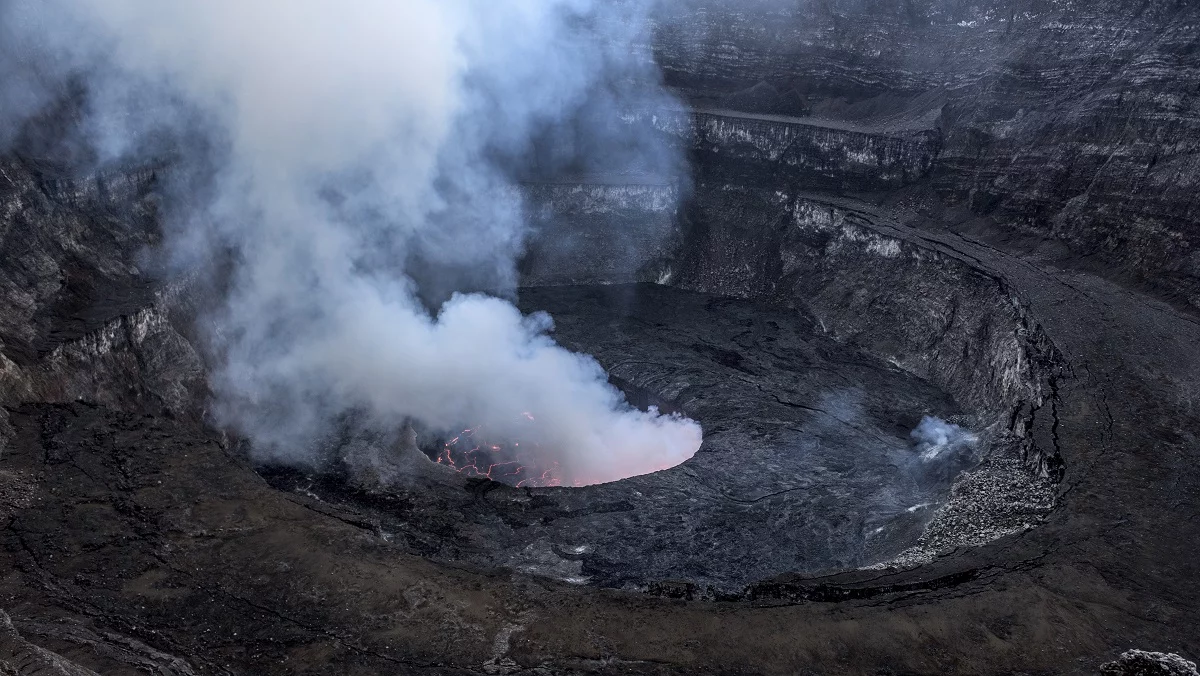
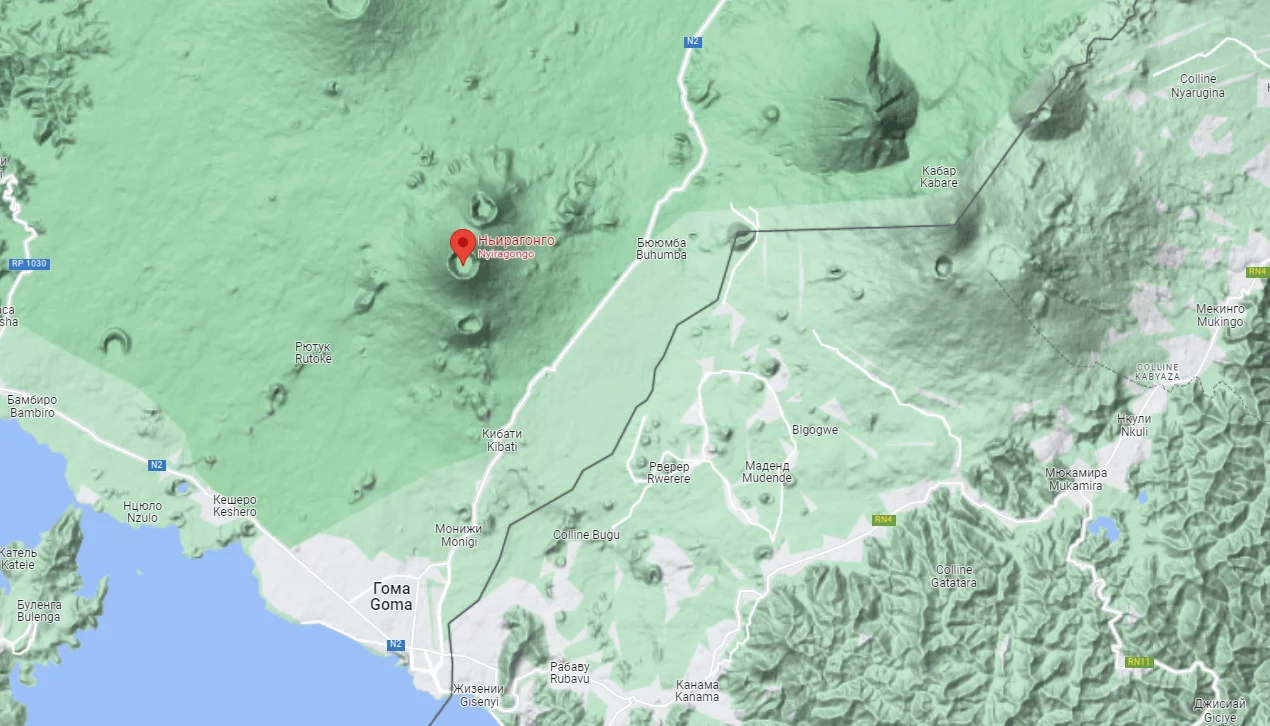
Merapi, Indonesia
This Indonesian stratovolcano has a long history of deadly eruptions, with the last major eruption occurring in 2010 and killing hundreds.
Location: Central Java, Indonesia.
Type: Stratovolcano.
Who is at risk: nearby densely populated areas that surround the volcano.
Monitoring: Volcanic activity is closely monitored, and a well-established early warning system is in place to protect local communities.
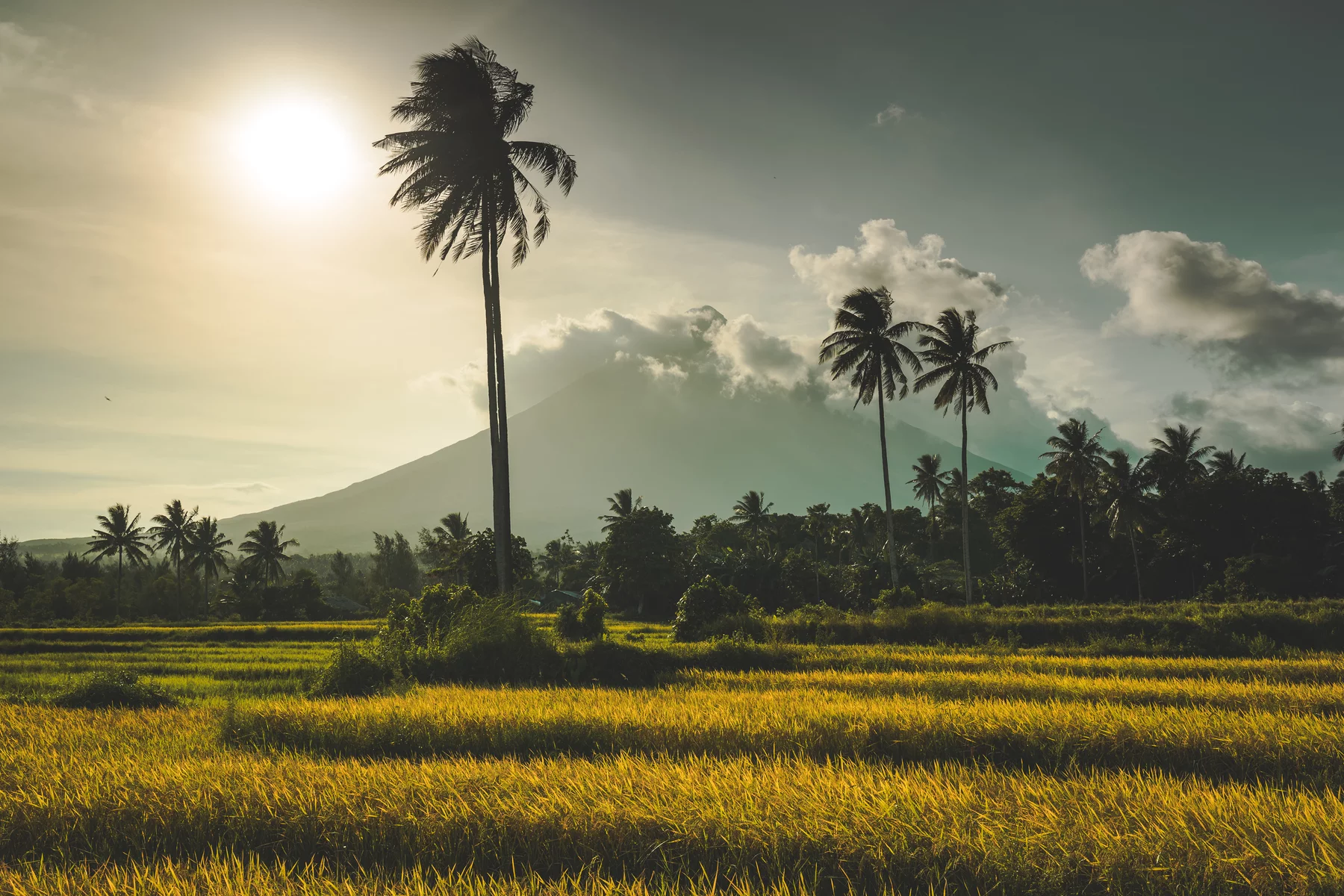
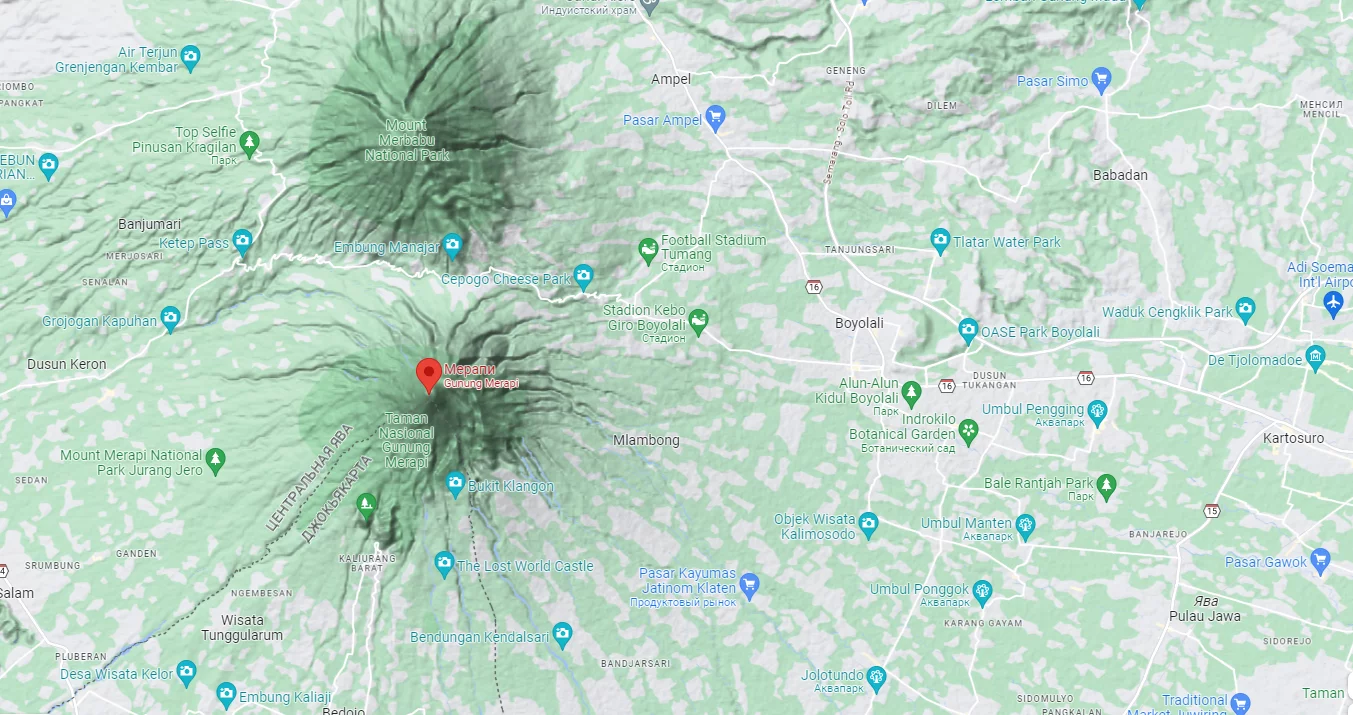
Popocatepetl, México
Mount Popocatepetl is located in the heart of Mexico and is an active stratovolcano. Its eruptions have occurred since 1994.
Location: Central Mexico, near Mexico City.
Type: Stratovolcano.
Who is at risk: residents of Mexico City, since the volcano is nearby.
Monitoring: The National Center for the Prevention of Natural Disasters (CENAPRED) is closely monitoring the volcano and issuing warnings and evacuation plans as necessary.
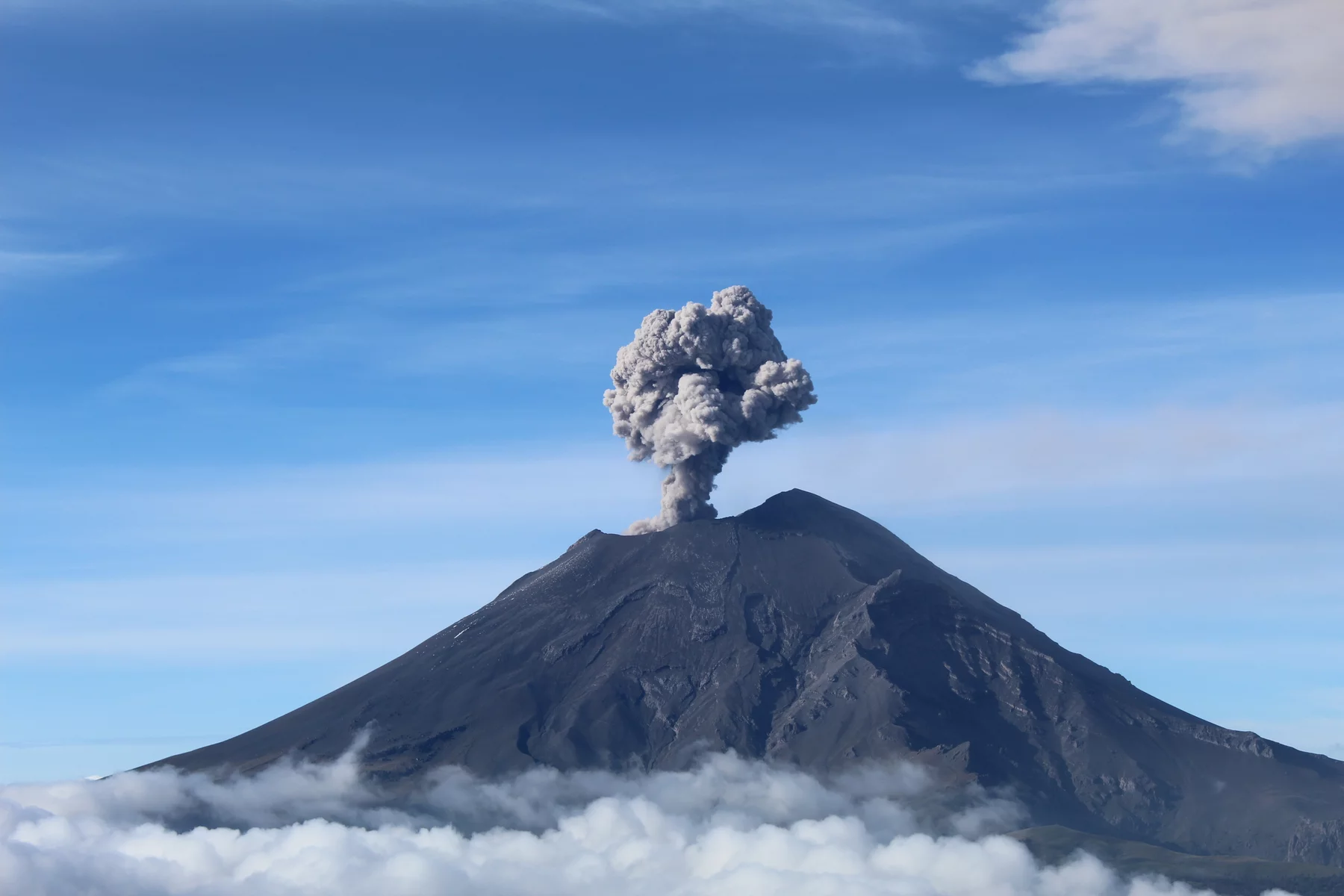
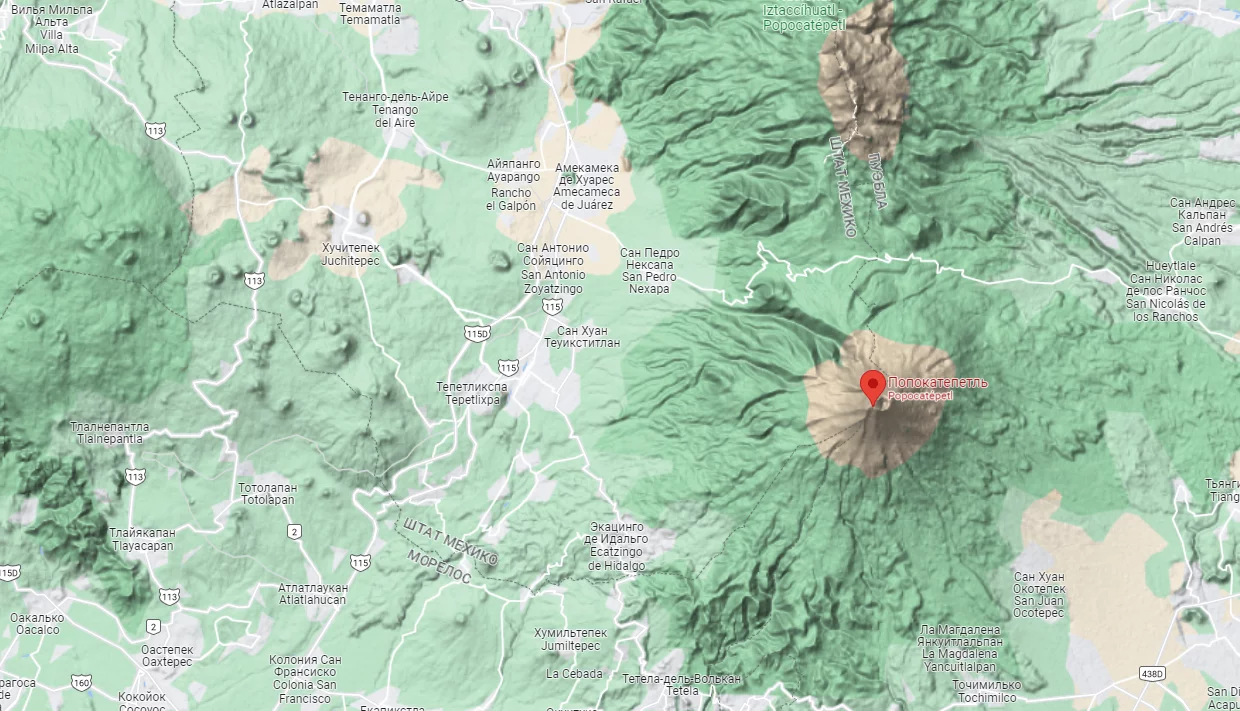
Other dangerous volcanoes by region
Asia
- Fuji (Japan): iconic symbol of Japan, last erupted in 1707-1708.
- Taal (Philippines): a small but active volcano located on an island in the middle of a lake.
- Krakatoa (Indonesia): famous for its catastrophic eruption in 1883.
America
- Yellowstone (USA): a supervolcano with the potential to cause a global catastrophe.
- Cotopaxi (Ecuador): one of the highest active volcanoes in the world.
- Galeras (Colombia): one of the most active volcanoes in Colombia, located near the city of Pasto.
Europe
- Etna (Italy): the highest and one of the most active volcanoes in Europe.
- Hekla (Iceland): One of Iceland's most active volcanoes, it erupts approximately once every decade.
- Santorini (Greece): a volcano on the Greek island of Thira, famous for its catastrophic eruption around 1600 BC.
Africa
- Kilimanjaro (Tanzania): an extinct volcano, but still considered potentially active.
Erta Ale (Ethiopia): a volcano with a permanent lava lake in its crater.
Oceania
- Taupo (New Zealand): supervolcano, last major eruption occurred about 1800 years ago.
Yasur (Vanuatu): one of the most accessible active volcanoes in the world.
Methods for monitoring volcanic activity
Volcanologists use different methods to understand what is happening inside a volcano and predict its eruption. Here are the main methods:
- Seismic observations. Special instruments — seismographs — are installed around the volcano. They pick up even the smallest tremors underground, which could mean magma is moving and the volcano is preparing to erupt.
- Geodetic measurements. GPS receivers are placed on the slopes of the volcano. They show how the shape of the volcano changes. If the volcano "inflates," this may indicate that magma is accumulating inside.
- Gas analysis. Scientists are testing which gases and in what quantities come out of the volcano. Changes in their composition may signal an impending eruption.
- Observation from space. Satellites help monitor volcanoes from Earth's orbit. They can notice when the volcano heats up or changes shape.
- Measuring gravity. Special instruments can detect small changes in gravity around the volcano. This helps to understand how the magma moves inside.
- Visual inspection. Scientists regularly inspect the volcano, looking for new cracks or other changes. They sometimes use cameras for constant surveillance.
- Use of drones. Unmanned aerial vehicles help explore the volcano from the air, especially in dangerous areas.
- Hydrological and hydrochemical studies. Changes in the temperature or composition of groundwater around a volcano can also signal activity.
All these methods are used together. Scientists collect information from various sources and analyze it using computers. This helps them better understand what is happening inside the volcano and warns them about danger in time.
Frequently Asked Questions About Volcanoes
How many active volcanoes are there in the world?
What is considered an active volcano?
Which countries have the most active volcanoes?
Which volcano is considered the most dangerous in the world?
What effect do volcanoes have on the climate?
Can volcanoes be beneficial?
What safety measures are taken in areas of active volcanoes?
Are there underwater volcanoes?
How long can a volcanic eruption last?
Do volcanoes exist on other planets?
Author
I am responsible for editorial work. I write expert interviews and guides.













